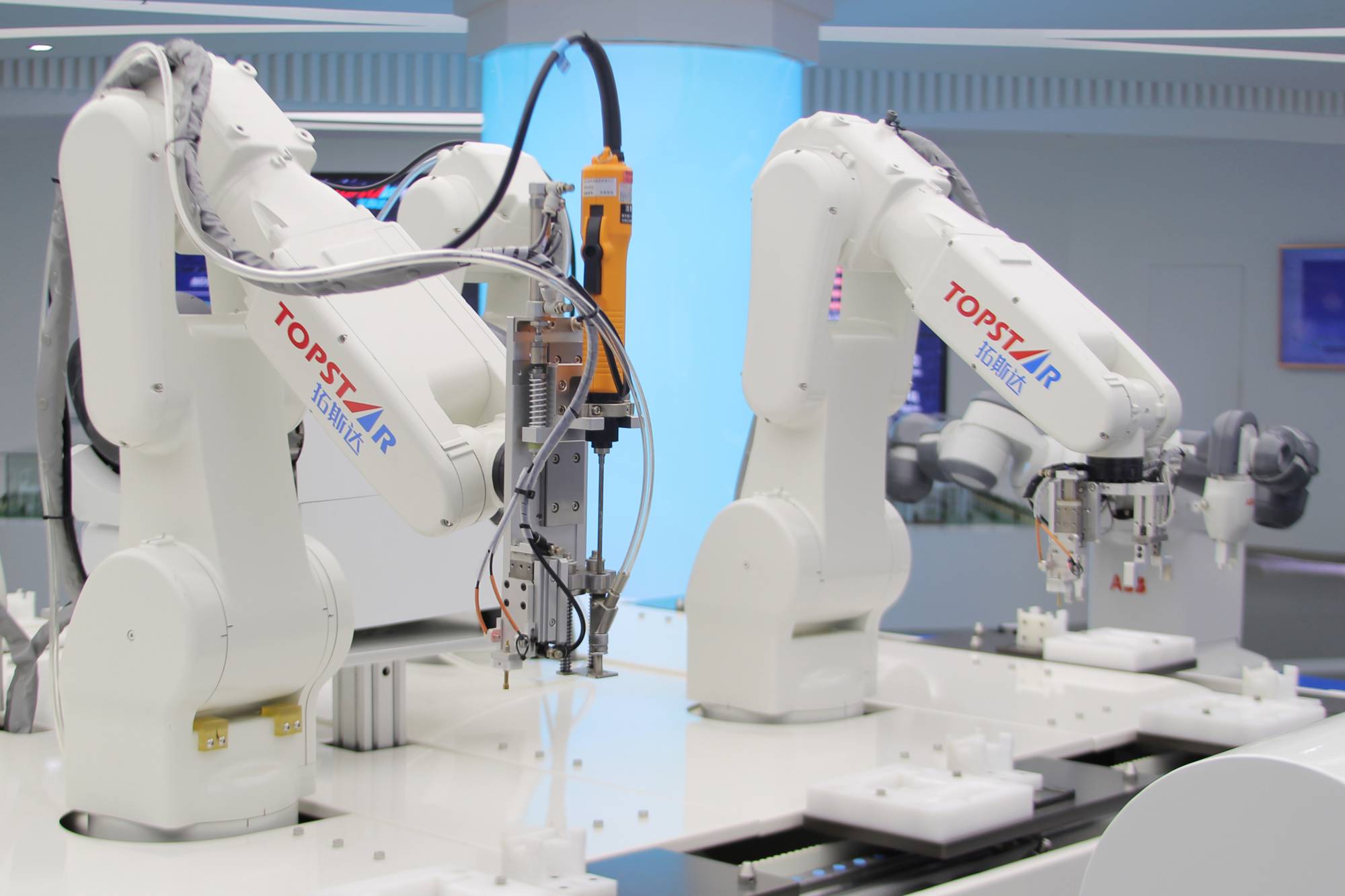As the world headed into 2022 grappling with the latest virus variant, China unveiled a sharpened version of the Made in China 2025 industrial policy blueprint. Previous iterations may have had nations like the U.S. on edge, but this is the one to keep an eye on.
State planners released a five-year smart manufacturing development plan in late December that aims to digitize 70% of the country’s large enterprises. China will now focus on building and owning industrial robots, as well as upgrading equipment and processes used in the manufacturing sector.
These may not have the same buzz as nanotechnology, new materials or human job-stealing robots — sectors targeted in the last Made in China plan. However, the latest blueprint has the potential to help Beijing become the factory floor of the future, with uber-efficient and precise machinery, at a time when the U.S.’s biggest hurdle to competitiveness is just that. With global supply chains in a state of disarray, China’s intent to upgrade its vast industrial production sector and the ecosystem around it to bolster its role as the world’s supplier is shrewd and prescient: Beijing will do better what it already does well.



